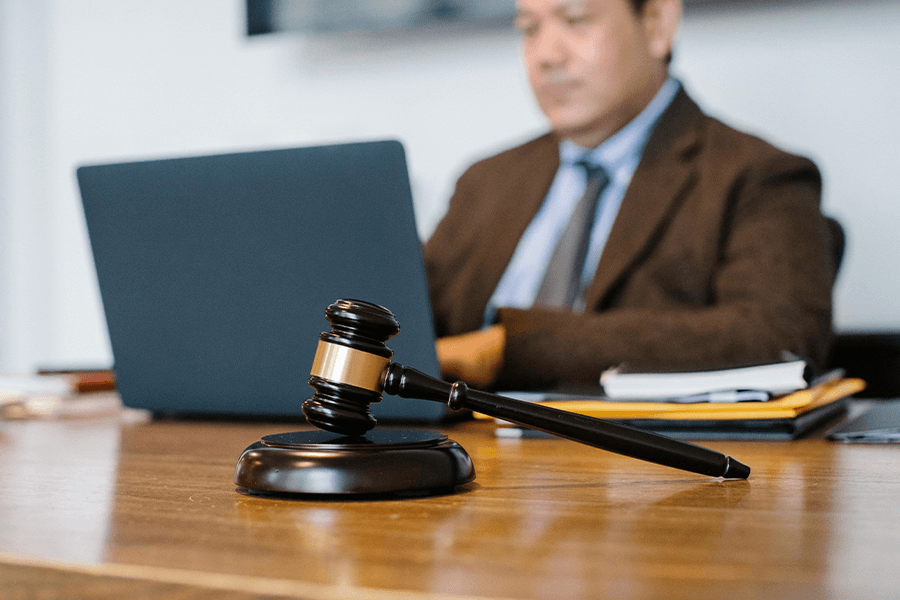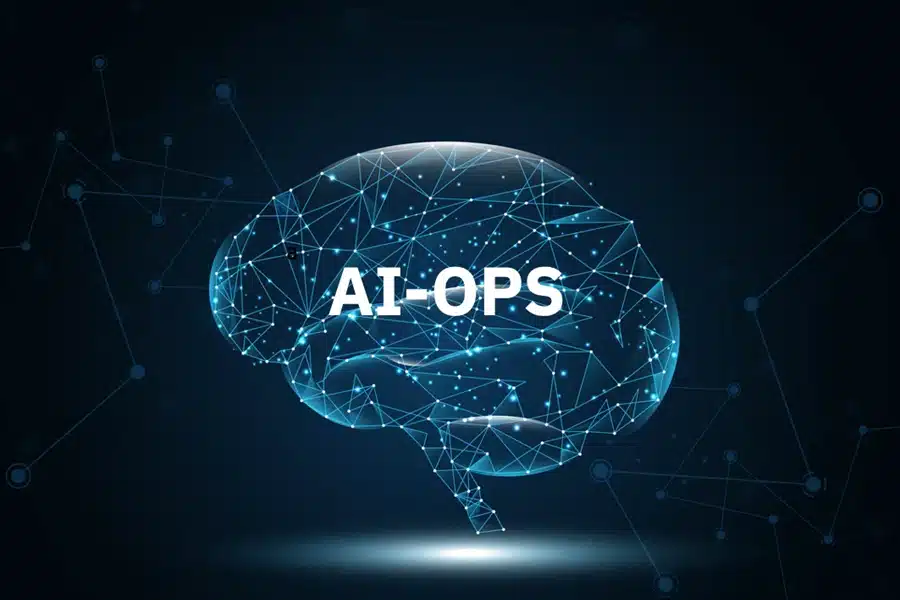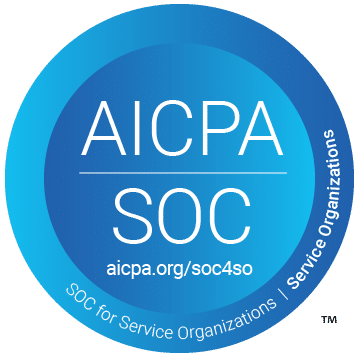Related Resources
In an era of heightened regulatory scrutiny, growing cybersecurity threats, and complex risk landscapes, organizations are under increasing pressure to maintain robust governance, risk management, and compliance (GRC) frameworks. Traditional GRC approaches – relying on manual audits, fragmented reporting, and reactive risk management – are proving inadequate in the face of modern challenges.
Artificial intelligence (AI) is revolutionizing GRC by automating compliance processes, predicting emerging risks, and enhancing decision-making. With AI-driven insights, organizations can proactively manage risks, streamline compliance efforts, and strengthen governance structures.
The Growing Complexity of GRC in Modern Organizations
Organizations today face an increasingly complex GRC environment, driven by:
- Evolving regulatory landscapes – New laws such as GDPR, CCPA, and DORA demand stringent data governance and compliance measures.
- Heightened cybersecurity risks – Cyberattacks, ransomware threats, and data breaches require real-time risk monitoring.
- Decentralized business operations – Multinational organizations must navigate cross-border compliance requirements and diverse risk factors.
- Data overload in risk assessment – Manual GRC processes struggle to analyze vast amounts of structured and unstructured data in real time.
AI-driven GRC solutions help organizations move from reactive to proactive and predictive risk management, ensuring compliance is not just a check-the-box exercise but a strategic function.
How AI Enhances Governance, Risk, and Compliance
AI is transforming GRC by introducing automation, predictive analytics, and real-time monitoring, improving efficiency, accuracy, and decision-making across all three pillars:
1. AI in Governance: Strengthening Oversight and Decision-Making
Corporate governance requires transparent, data-driven decision-making to align business objectives with regulatory expectations. AI improves governance by:
- Automating regulatory tracking – AI-powered tools scan global regulatory updates, ensuring boards and executives are always informed of changing compliance requirements.
- Enhancing board-level reporting – AI-driven dashboards consolidate real-time compliance, risk, and financial data, enabling better oversight.
- Detecting governance gaps – Machine learning algorithms analyze past governance failures to identify weak spots in corporate policies and internal controls.
AI ensures that governance decisions are based on comprehensive, real-time insights rather than outdated or incomplete reports.
2. AI in Risk Management: Predicting and Mitigating Emerging Threats
Risk management has traditionally been reactive, relying on periodic risk assessments. AI shifts the paradigm by enabling:
- Predictive risk modeling – AI identifies patterns in historical risk data, financial transactions, and regulatory violations, forecasting potential threats before they escalate.
- Continuous risk monitoring – AI-driven analytics provide 24/7 risk surveillance, ensuring organizations detect supply chain disruptions, cybersecurity threats, or financial risks in real time.
- Automated risk scoring – AI evaluates internal controls, compliance gaps, and third-party risks, assigning dynamic risk scores that adapt as new data emerges.
With AI, organizations can anticipate risks rather than just respond to them, minimizing financial losses and reputational damage.
3. AI in Compliance: Automating Regulatory Adherence
Compliance management is often manual, labor-intensive, and prone to human error. AI-driven compliance solutions streamline this process by:
- Automating regulatory reporting – AI extracts and processes compliance data from multiple sources, reducing the burden of manual reporting.
- Detecting compliance violations in real time – AI scans financial transactions, employee communications, and operational logs to flag potential regulatory breaches.
- Standardizing compliance across global operations – AI ensures that companies adhere to region-specific regulations without requiring extensive manual oversight.
With AI, compliance teams spend less time on administrative tasks and more time on strategic compliance oversight and risk mitigation.
AI-Powered GRC in Action: Real-World Applications
AI-driven GRC solutions are already delivering measurable benefits across industries:
- Financial Services – AI enhances anti-money laundering (AML) compliance, fraud detection, and real-time transaction monitoring.
- Healthcare & Pharmaceuticals – AI ensures compliance with HIPAA, FDA regulations, and data privacy laws, reducing the risk of legal penalties.
- Energy & Utilities – AI predicts regulatory changes in environmental policies, ensuring proactive compliance with carbon emission standards.
- Technology & Telecommunications – AI-driven audits detect intellectual property violations and strengthen data security compliance frameworks.
Organizations adopting AI-driven GRC solutions experience faster compliance processing times, improved risk detection, and reduced regulatory costs.
Addressing AI-Related Challenges in GRC
While AI offers significant advantages in GRC, organizations must address key challenges to maximize effectiveness:
- Data privacy and security concerns – AI systems must comply with GDPR, CCPA, and other data protection laws, ensuring audit logs and compliance data remain secure.
- Bias and explainability in AI models – Organizations must ensure AI-driven risk assessments and compliance recommendations are transparent and free from algorithmic bias.
- Regulatory acceptance of AI-driven compliance – While AI automates compliance, some regulators still require human oversight in risk assessments and reporting.
Organizations should adopt an AI governance framework to ensure accountability, transparency, and ethical AI deployment in GRC.
Future Trends in AI-Powered GRC
As AI technology advances, several emerging trends will further enhance AI-driven GRC:
- Natural language processing (NLP) for regulatory intelligence – AI-powered tools will interpret complex regulatory texts, automatically updating compliance frameworks.
- Blockchain-based GRC solutions – Blockchain will ensure tamper-proof compliance records, enhancing audit transparency.
- AI-driven ESG compliance monitoring – AI will help organizations track sustainability metrics, carbon footprint, and ethical labor practices in real time.
- Autonomous GRC bots – AI-driven bots will handle routine compliance queries, risk assessments, and policy recommendations.
These advancements will enable organizations to create self-regulating, AI-powered GRC ecosystems, ensuring compliance and risk management remain proactive and adaptive.
Strengthen Your GRC Framework with AI
AI is not just enhancing GRC – it is fundamentally redefining how organizations manage governance, risk, and compliance. By integrating AI-driven solutions, businesses can reduce compliance costs, improve risk visibility, and ensure governance structures are future-ready.
At Bronson.AI, we help organizations implement AI-powered solutions that drive efficiency. Contact us today to explore how AI can enhance your GRC strategy and protect your organization from regulatory, financial, and operational risks.







